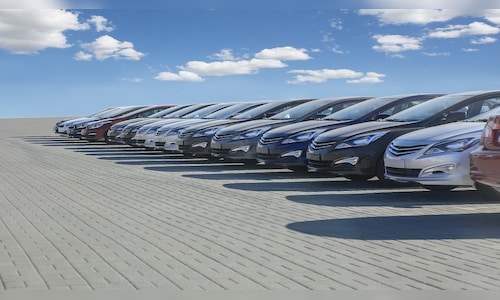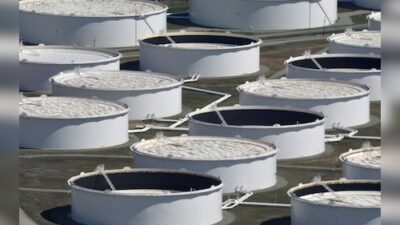Data from JATO Dynamics, a prominent provider of analytics and data for the global automotive industry, indicates that Renault experienced the largest drop in sales in India, decreasing from 45,439 units in 2023-2024 to 37,900 units in 2024-2025, and from 78,926 units in 2022-2023.
In a similar trend, Skoda’s sales in India reached 44,866 units in 2024-2025, slightly up from 44,522 units in 2023-2024, but down from 52,269 units in 2022-2023.
Meanwhile, Volkswagen reported sales of 42,230 units in 2024-2025, a decline from 43,197 units in 2023-2024. The brand had registered 41,263 units in sales during 2022-2023.
”Renault, Skoda, and Volkswagen have faced numerous challenges in India despite their long-standing presence,” JATO Dynamics India President Ravi G Bhatia informed PTI.
Discussing the reasons behind these brands’ struggles, he explained, ”Initially, these brands concentrated heavily on sedans — Vento, Rapid, and Scala — which limited their engagement with the rapidly growing SUV market.” He also highlighted that ”They have been slow to update product lines, with several models remaining unchanged for lengthy periods. Their network reach has been limited, especially in Tier 2 and Tier 3 regions, reducing access to a wider customer base.” The unique tax structure in India further complicates matters for these brands, as sub-4-metre vehicles enjoy significantly lower taxes.
”This structure has benefited Japanese and Korean OEMs known for their cost-effective compact cars. In contrast, European brands typically produce larger models and have struggled to create competitive offerings within these limitations,” Bhatia pointed out.
According to current regulations, passenger vehicles (petrol, CNG, LPG) up to 4 metres long and 1200cc engine size incur a GST of 28% plus a 1% compensation cess.
For diesel passenger vehicles under 4 metres and up to 1500 cc engine, the levy is 28% GST and a 3% compensation cess.
Vehicles longer than 4 metres and with an engine capacity of 1500 cc attract a 28% GST and a cess of 17%, while those exceeding 1500 cc engine size are also subject to a 28% GST and a 17% cess.
Conversely, SUVs — which are over 4 metres in length, exceed 1,500cc engine size, and have more than 170 mm ground clearance — carry a 28% GST plus a 22% compensation cess.
Bhatia noted that domestic OEMs like Tata and Mahindra, alongside Japanese brand Maruti Suzuki, have gained market share through significant localization, regular product launches, and early adoption of alternative fuel solutions like CNG, hybrids, and BEVs, whereas European manufacturers have fallen behind in electric and hybrid segments.
However, he acknowledged, ”There are indications of a course correction. For example, Skoda recently introduced the Kylaq, a subcompact SUV designed specifically for India.” On how these European brands can proceed, he suggested that their future might involve leveraging India for exports and R&D while focusing on cost-effective, under-4-metre platforms.
With such strategic adjustments, sustainable growth could be attainable, he added.
Also Read: Rishabh Pant is absolute box office, everyone loves watching him play: Nasser Hussain



